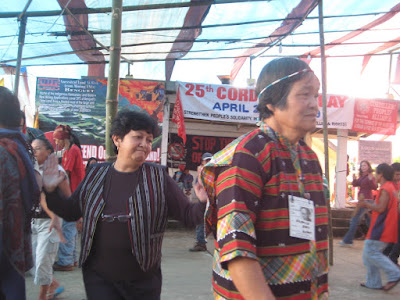
Boiled cassava served with freshly harvested honey
Not everyone is lucky enough to have a food garden or live next to a forest to hunt and gather from. But more and more people are doing the next best thing in choosing their food: eating local produce in season, and eliminating food miles.
Yes, in these times of crisis and climate change, it matters how far your food travels before it reaches your mouth. It seems that eating local has even a greater impact than eating organic.
In rural areas, and during simpler times, it is/was common to walk a few steps to the home garden, pick a few veggies for a simple meal, or butcher the chicken ranging freely for a more elaborate one. For a snack, harvest the cassava or camote and serve with honey.
These days, especially for us city folks, we need to exert more effort. Maybe start a small home garden, even in containers where there is no available space. Maybe beg a few sayote from a kind hearted neighbor. Or go to the market, and ask a few questions before handing over the cash.
Is that orange a a local variety, or did it come from China months ago, thereby needing preservatives? Is that garlic from Taiwan, or from the Ilocos? Are those noodles imported or locally produced? How far did that squid or chicken travel, since they come frozen in boxes, and have to be thawed in basins full of water? Is that NFA rice a product of Thailand or Vietnam?
Of course, you can also go visit Balatinaw Store at #16 Dizon Subdivision, Baguio City, and be sure that all products on display are locally produced, and good for your health. This past month, I got the following from this store: peanut butter; dried legumes and traditional beans from Kalinga; beautiful organic tomatoes, lettuce, mustard; sili; all kinds of vinegars, pickles, wines, jams and jellies; ginger from Abra; squash noodles made in Sagada; maskobado sugar from Abra; bananas from Kalinga. If you want to start a garden, you can buy compost to help you out.
And please bring your visitors for souvenirs, like wood carvings, woven items, music, and books. There's something for everyone.#













